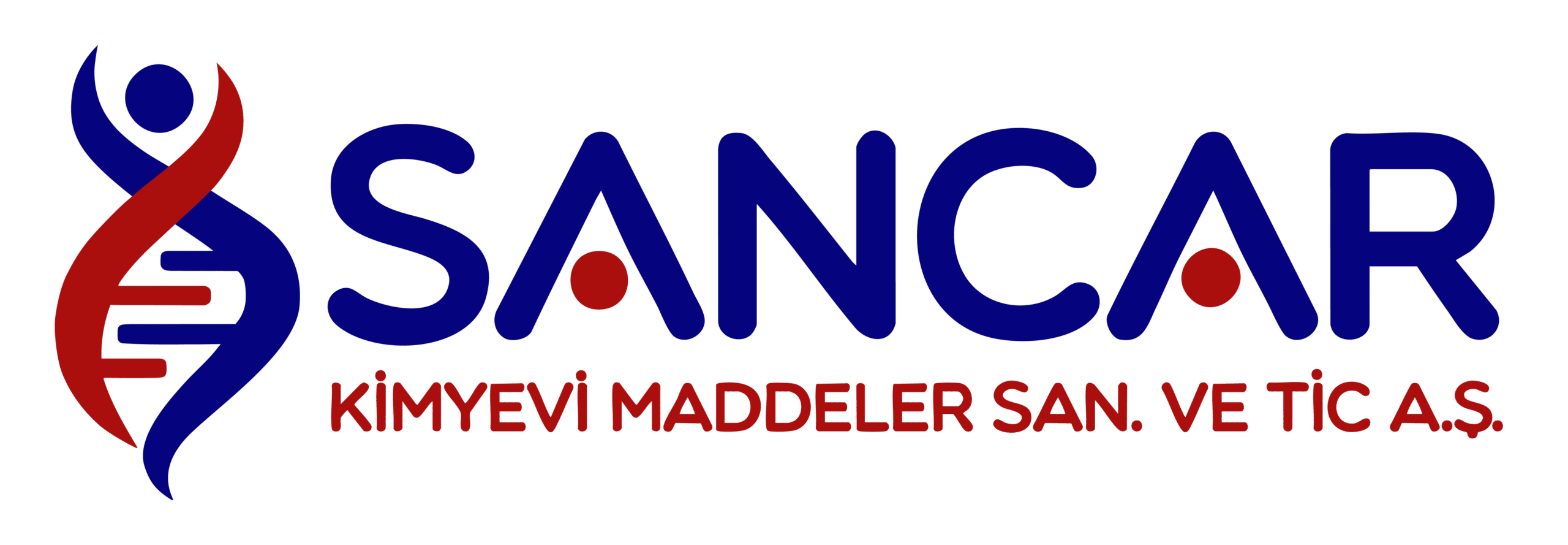Stearic Acid
Stearic Acid
ABOUT THE PRODUCT
Stearic acid is an 18-carbon long saturated fatty acid. It is a white, waxy solid that is insoluble in water but soluble in organic solvents like alcohol and ether.
Due to its bipolar structure (both hydrophilic and hydrophobic), it acts as a surfactant and is used in various industrial formulations as an emulsion stabilizer, softener, and thickening agent. In saponification reactions, stearic acid forms sodium or potassium salts, becoming a key component of soaps. It also reacts with metal oxides to form metal soaps (e.g., calcium stearate, zinc stearate), which serve as important internal and external lubricants in PVC, rubber, and plastic industries.
In plastic and polymer production, it is preferred to improve process efficiency, enhance product surface quality, and provide thermal stability. In the cosmetics industry, stearic acid is used as a thickener and softener in creams, lotions, deodorants, and makeup products. In the food industry, it is approved as an additive under the code E570.
APPLICATION AREA
• Plastics and Polymers:Internal and external lubricant, processing aid in PVC and rubber applications
• Cosmetics and Personal Care:Emulsifier and softener in creams, lotions, soaps, shaving foams, and makeup products
• Food Industry:Food additive with code E570 (lubricant, mold release agent)
• Detergents and Cleaning Products: Hard soap production, surfactant manufacturing
• Textiles: Production of water-repellent and softening chemicals
• Electronics and Metalworking: Mold release and surface protection formulations
